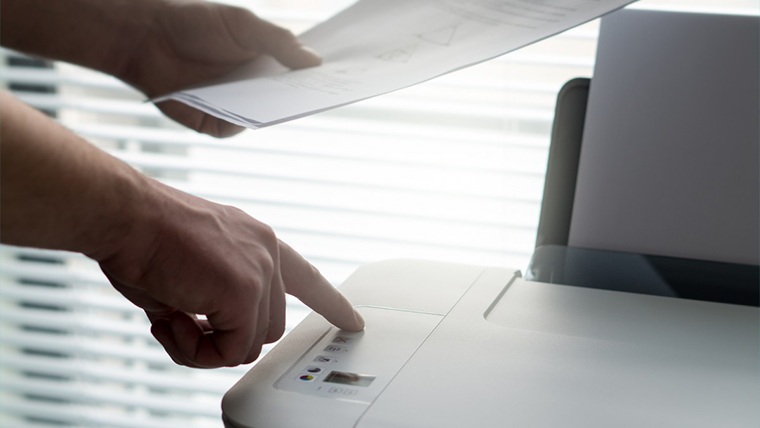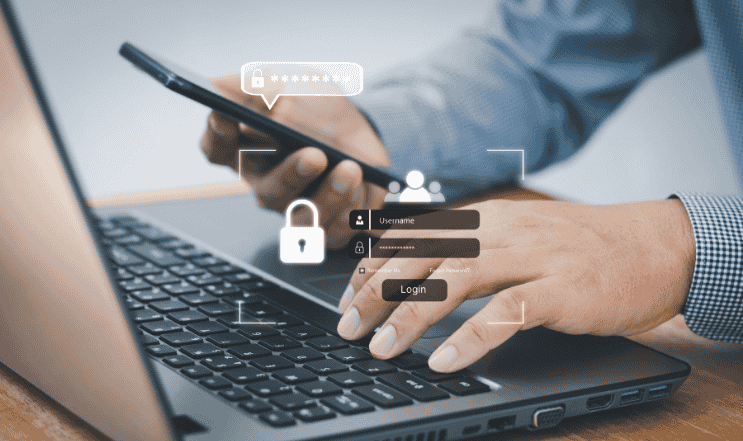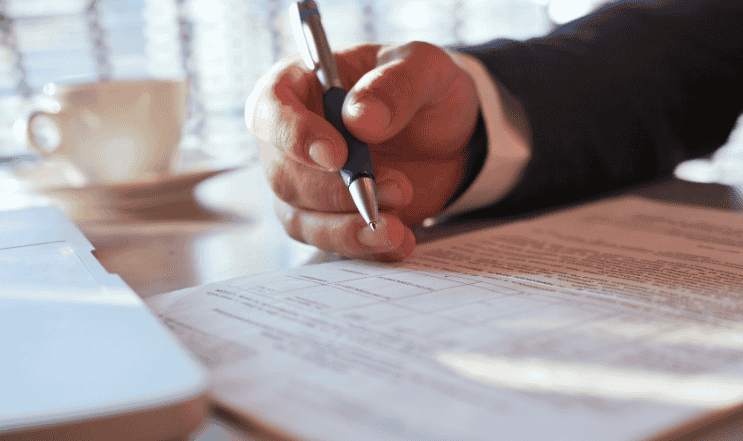
| 

Would it surprise you that in 2016 there were over 173,000 cases of identity fraud detected in the UK? And these are just the cases which were reported to the police. The true extent of the problem could be much larger. There are many situations in which an organisation might want to check the identity documents of people the deal with, either customers or prospective staff. If your company is sloppy in checking the identity of people you are dealing with, this could result in substantial losses – both financial and in reputation. Checking documents is an art rather than a science, with several aspects to consider.
Four Types of Document Fraud
There are lots of different ways in which criminals could try to take advantage of your company using identity fraud. Experts classify the wider “identity fraud” crime into four main categories:
- Impersonation – this is when genuine documents are used by someone else.
- Counterfeit – these are documents which are wholly fake, and which have been made to look just like the originals.
- Forgeries – although this term is often used interchangeably with counterfeit, in document terms it means a genuine document which has been altered, such as putting in a new photograph, or changing a date of birth.
- Pseudo-documents – these are documents which look official and are designed to deceive, but which have no official standing.
Spotting Dodgy Documents
Spotting good fakes, counterfeits and pseudo-documents is not always easy. It’s a skill which can take many years to develop. However, all governments around the world have built-in security features in their documents which should give a starting point for checks. Furthermore, you can easily use the internet to check up on the authenticity of documents and find out what sort of security marks you should be looking for. The main security features built into official documents are:
- Watermarks – these are patterns or pictures which are woven into the paper as it is being printed. If you hold up paper to the light, the watermark is usually clearly visible.
- Printing – many documents use raised printing which feels rough or bumpy when you run your fingers over it.
- Ink – documents might also use optical variable ink. This special fluid can appear to be a different colour depending on how you look at it.
- UV – ultraviolet light is often used to show up hidden security features in a document such as security fibres in the paper or hidden patterns usually invisible.
The easiest way of spotting a dodgy document is when you have a genuine one for comparison. If that’s not possible, then run through the various security features which you know are in the document, checking carefully for each one. Usually, there will be pictures online to help you with this. If you are unsure about any documents don’t return them to the person who has given them to you; retain them and get advice on what to do next. Most often, this means turning over fakes to the police.


